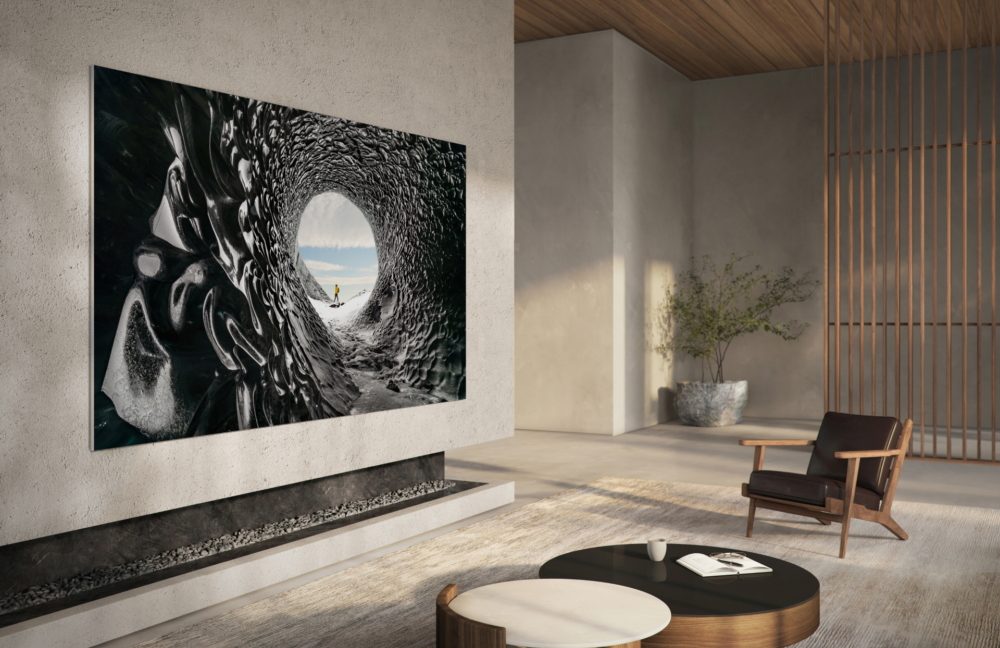
Week Micro LED may cope with a few of OLED’s obstacles, it doesn’t have the popularity of OLED within the shopper marketplace. Any corporate liberating Micro LED shopper merchandise must train consumers about the advantages of the show generation and why it’s higher than OLED and even inexpensive choices. As such, a lot of the Micro LED trade remains to be that specialize in “highly differentiating applications,” Virey stated, like making specialised clear presentations for automobiles or promoting, very immense industrial monitors, and augmented truth (AR).
Ross Younger, CEO at Show Provide Chain Experts (DSCC), additionally isn’t anticipating Micro LED in commercialized screens or pc in 2025 and pointed to alternative, extra reasonably priced choices taking the highlight.
“We will continue to see very small quantities [of Micro LED] in very large TVs,” he stated. “However, with LCDs now appearing in 100 [-inch and larger] sizes with much lower prices, we don’t expect to see much growth in Micro LED TVs.”
For now, the most productive wager for Micro LED in 2025 shopper merchandise is smartwatches, Virey instructed us.
Largest hindrances
Naturally, one of the vital greatest hindrances going through Micro LED adoption is value. You wish to have a quantity of Micro LEDs for every instrument, as every pixel in a Micro LED instrument makes use of one crimson LED, one blue LED, and one inexperienced LED in line with pixel. That’s a complete of 24,883,200 Micro LEDs for a 4K TV (3,840×2,160×3).
There also are technical demanding situations with production the LEDs, together with Micro LED switch and meeting. “At a high level, the cost of this process doesn’t really scale with the number of LEDs but more with the display area. So it can be expressed in terms of $/cm2,” Virey defined. “A smartwatch is about 12 cm2 … A 100[-inch] TV is 28,000 cm2, so the assembly will cost roughly 2,333 times more than assembling a smartwatch. It’s more complicated than that, but at a high level, that’s the trend.”

